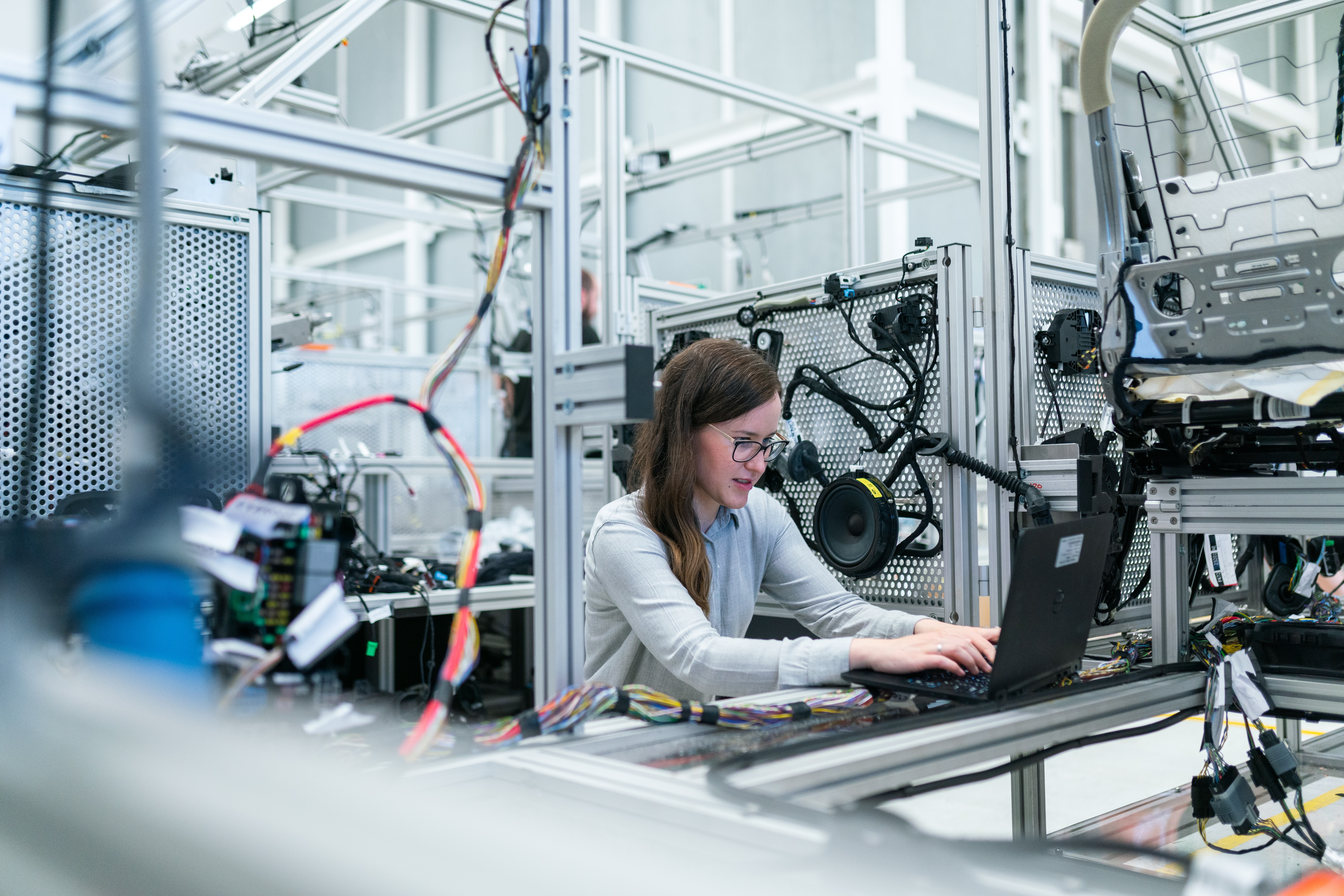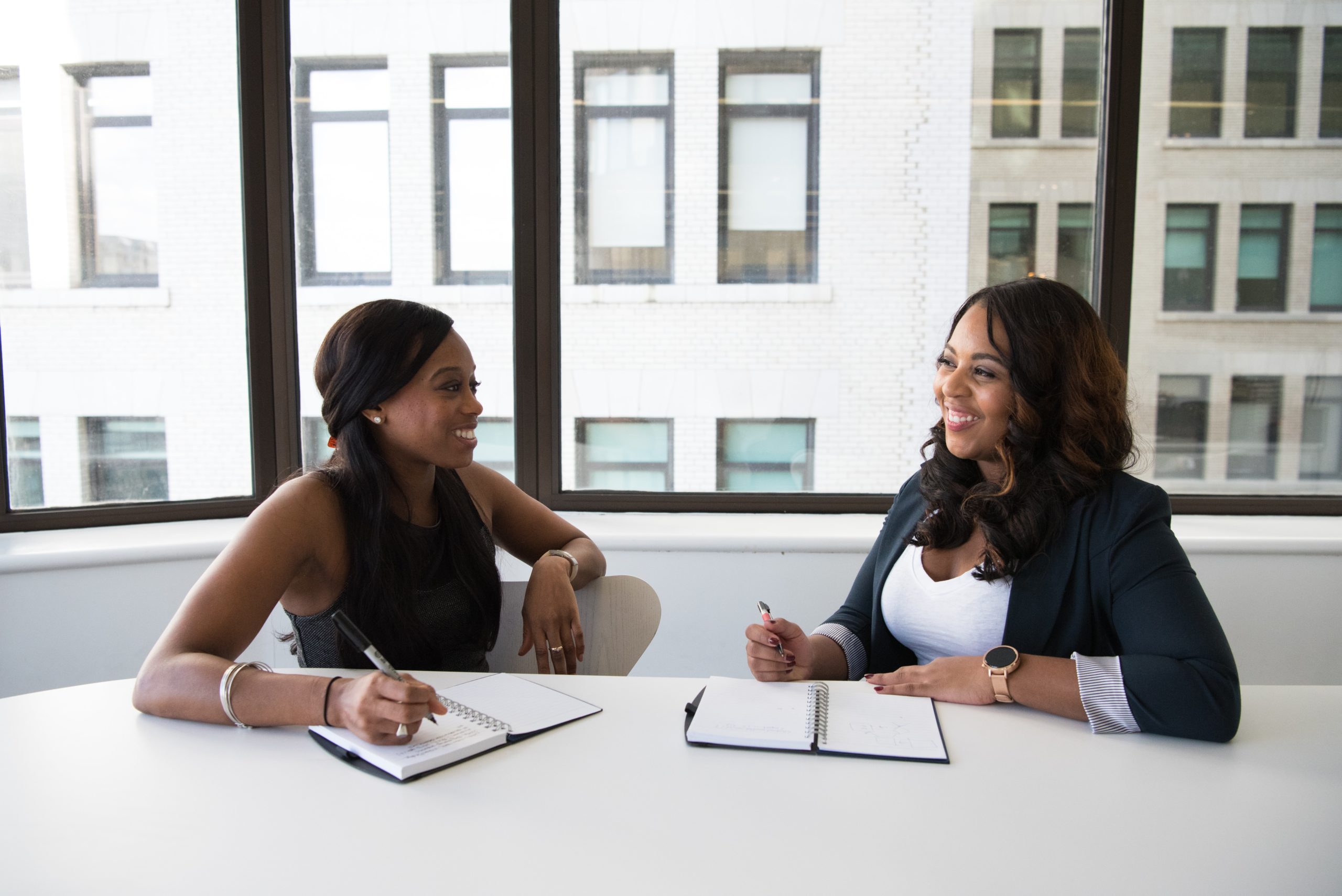In recent years, psychologists and consultants have begun to unravel the mysteries of meeting seating, and, according to BusinessWeek, they have determined that where you sit can both influence and reflect where you stand in your organization.
It all starts with the boss, who more often than not will take a seat at the end of an oblong or rectangular table, back to the wall and facing the door to spot new arrivals.
Things get more complicated after that. Sharon Livingston, who has a PhD in Psychology and is founder of the Livingston Group for Marketing, borrows from Snow White and the Seven Dwarfs to characterize the traits of people based on their seat at the table.
See if you recognize yourself or your colleagues in Livingston’s thumbnail sketches:
Bashful
May try to hide in the middle of the group. May avoid eye contact, look down, bow their head a little bit. May actually blush when spoken to. Does best in a focused and structured environment where the task at hand is clear.
Doc
Usually sits opposite the leader. Tries to take over leadership. Announces his expertise very early in the meeting. Makes decisions quickly.
Dopey
May try to hide in the middle. May try to crack a self deprecatory joke. Looks interested but only speaks when called upon. Often parrots the expert.
Grumpy
Tends to sit opposite the leader. May sit with arms crossed backed away from table. Looks annoyed, mild sneer, raised eyebrowIs negatively critical or judgmental of whatever is being tested as well as other group members’ ideas.
Happy
Takes seat to the leader’s right if it is available. Generally agrees with the leader. Frequently tries to catch leader’s eye, and tries to maintain eye contact with leader. Smiles a lot at everyone, particularly the leader.
Sleepy
Tries to hide in the middle. Sits back from the tableIs unresponsive. Eyes actually start to close.
Sneezy
Often sits to the moderator’s left. Might look sick – red nose and eyes, droopy. Lets group know how bad he feels. Interrupts with complaints about environment — too hot, too cold, too drafty.
Using these characteristics, managers can try rearranging the seating to better their chances of influencing people, according to BusinessWeek. For instance, potential foes should be seated to the manager’s right, while potential brownnosers might be more frank if split and seated across from each other.
Livingston suggests you may want to consider removing traditionally confrontational seats from the table. “If the table seats 10 and only eight show up, eliminate the two chairs at the end of the table,” she wrote in a recent article. “Interestingly, the shape of the table doesn’t seem to matter in the issue of leadership tension. Whether rectangular, boat-shaped, U-shaped, or round, a confrontational chair still exists opposite the moderator.”








